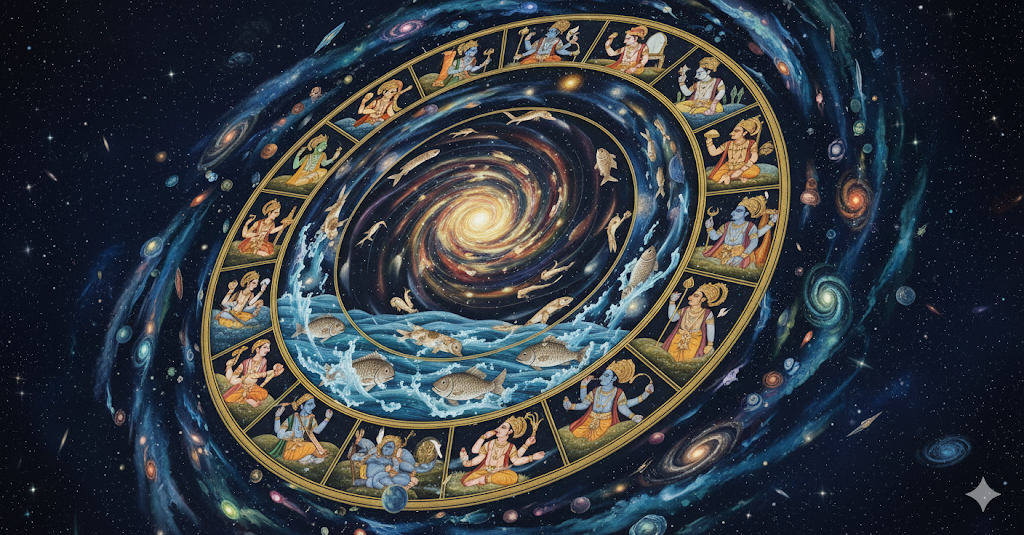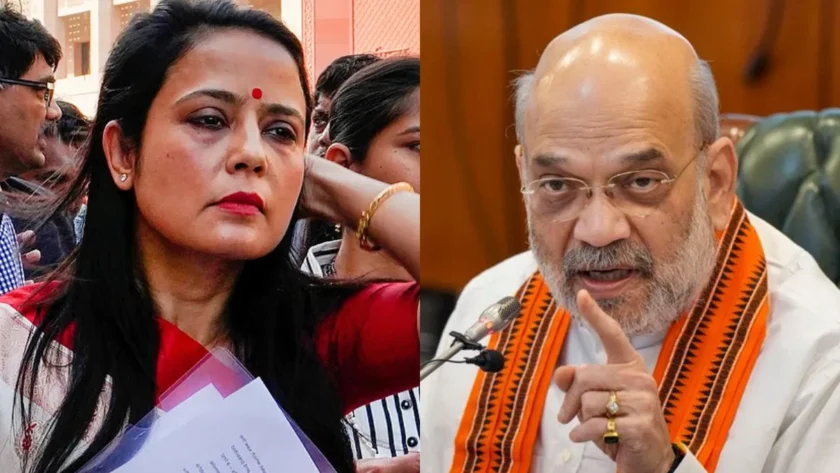Manoj Singh, ex ACS, Govt of UP
Lucknow: Across cultures, the imagination of God has always been shaped by human experience. But what if animals were to imagine God? A dog, a fish, an elephant, or a lion would see divinity in ways that reflect their own instincts, ecological realities, and evolutionary needs. Interestingly, Hinduism’s Dashavatara (ten incarnations of Vishnu) presents a striking parallel to the evolution of life on Earth as revealed by geology. Together, they offer a profound dialogue between nature, myth, and spirituality.
1. How Animals Might Imagine God
Each species views the world through its own ecological lens, and so too would they perceive divinity:
Dog: With its strong sense of loyalty and dependence on companionship, a dog would imagine God as a faithful master—a provider of food, protection, and unconditional love.
Fish: Living fully immersed in water, a fish would see God as the ocean itself—the infinite sustainer in which it breathes and lives.
Elephant: Known for memory, wisdom, and strong family ties, elephants would imagine God as a wise elder or eternal guide, much like their matriarchal leaders.
Lion: The lion, symbol of power and kingship, would imagine God as a mighty ruler—a divine king who enforces order and protects territory.
Thus, each animal projects its existential reality into divinity—seeing God in what it values most.

2. Dashavatara and Geological Ages
Hindu cosmology presents the ten incarnations of Vishnu, each descending at critical moments to restore balance. Scholars often note how these avatars parallel the evolutionary stages of life on Earth:
Matsya (Fish) → Age of Fishes (Devonian, ~400 mya)
Life begins in water; fish dominate the seas.
Kurma (Turtle) → Transition from Water to Land (Carboniferous)
Amphibians and reptiles emerge.
Varaha (Boar) → Rise of Mammal-like Reptiles (Permian)
Strong land animals root in the earth.
Narasimha (Man-Lion) → Mammalian dominance (Triassic–Jurassic)
Hybrid of beast and man reflects evolutionary transitions.
Vamana (Dwarf) → Early Hominids
Small but upright humans appear, marking a leap from animals to men.
Parashurama → Tool-using humans (Stone/Bronze Age)
Humans use weapons and clear forests.
Rama → Civilized Monarchies (Iron Age)
Societies form kingdoms with moral order.
Krishna → Complex Societies (Late Ancient)
Politics, philosophy, and dharma reach new heights.
Buddha → Age of Compassion and Ethics
Evolution of higher consciousness and moral universality.
Kalki (Future Avatar) → Future Civilization
A symbolic leap to a future transformation of humanity.

3. Correlating Animals’ Imagination with Evolutionary Avatars
Remarkably, animals’ imagined gods align with the Dashavatara sequence:
Fish imagining God as water corresponds to Matsya—the aquatic origin of life.
Turtle-like vision of balance reflects Kurma—bridging sea and land.
Elephant’s wisdom matches Varaha and later avatars, as mammals developed intelligence.
Lion’s vision of divine kingship parallels Narasimha—the half-beast, half-human protector.
Dog’s loyalty to a master resonates with Rama/Krishna, avatars of duty, love, and social order.
This alignment shows that the Hindu mythic imagination carries within it the story of life’s evolutionary journey, anticipated through symbolic storytelling.
4. The Deeper Meaning
For animals, God is projected from their ecological niche: loyalty, water, strength, wisdom.
For humans, God evolves with civilization: from survival and tool-making to kingship, morality, and compassion.
For cosmos, Dashavatara represents a universal principle—divinity manifesting in forms that correspond to the progression of life itself.
Conclusion
The imagination of God by animals and the sequence of Vishnu’s Dashavatara both reveal one truth: divinity is perceived through the lens of existence. Just as fish find God in water and lions in power, humans shape God through evolving stages of culture and civilization. Hindu cosmology, with its avatars, anticipated the stages of biological and cultural evolution, making it one of the most profound mythologies of human history.





